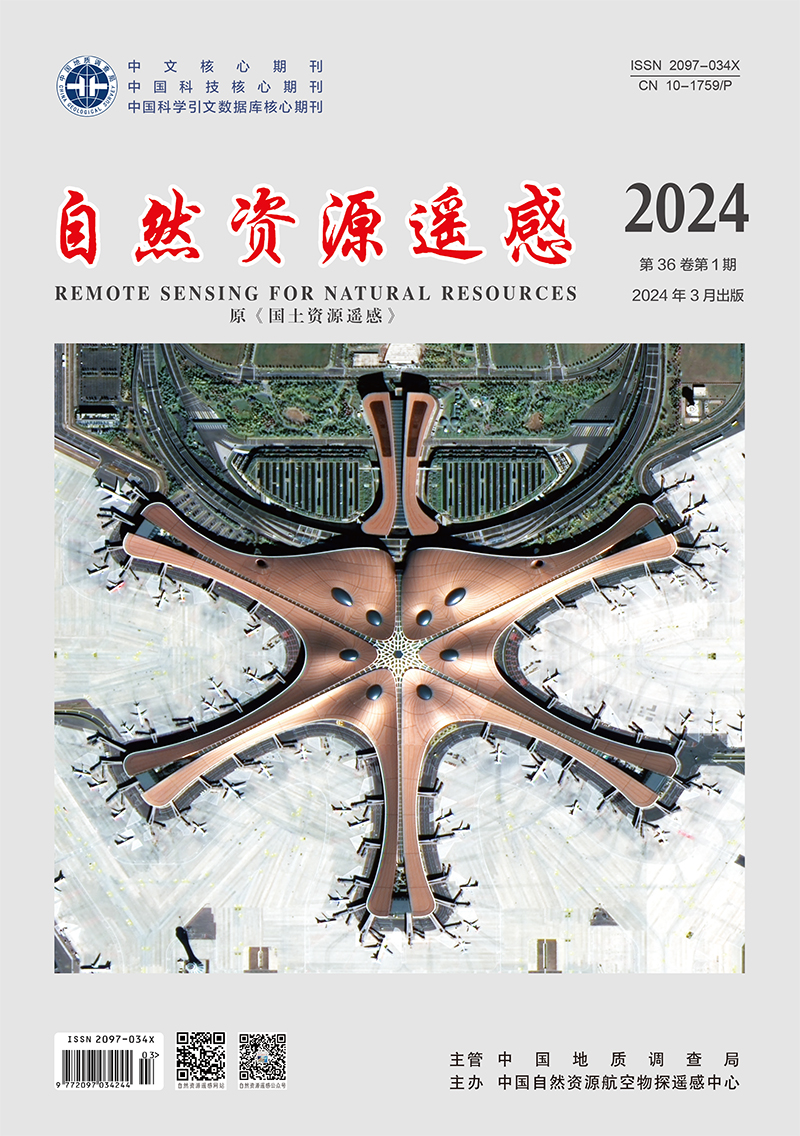YAO Lingyun, WANG Li, NIU Zheng, YIN Ziqi, FU Yuwen. 2024. Urban expansion in the Changsha-Zhuzhou-Xiangtan urban agglomeration and its urban heat island effect from 2000 to 2018. Remote Sensing for Natural Resources, 36(1): 162-168. doi: 10.6046/zrzyyg.2022490
| Citation: |
YAO Lingyun, WANG Li, NIU Zheng, YIN Ziqi, FU Yuwen. 2024. Urban expansion in the Changsha-Zhuzhou-Xiangtan urban agglomeration and its urban heat island effect from 2000 to 2018. Remote Sensing for Natural Resources, 36(1): 162-168. doi: 10.6046/zrzyyg.2022490
|
Urban expansion in the Changsha-Zhuzhou-Xiangtan urban agglomeration and its urban heat island effect from 2000 to 2018
-
1. State Key Laboratory of Remote Sensing Science, Aerospace Information Research Institute, Chinese Academy of Sciences, Beijing 100094, China
-
;2. University of Chinese Academy of Science, Beijing 100049, China
-
Abstract
The urban heat island effect is closely linked with the well-being of urban residents. Rapid urbanization has further accelerated urban expansion. This is accompanied by an increasingly significant urban heat island effect, especially in cities of central and western China in the past 20 years. To explore the relationship between the expansion of cities and urban agglomerations and the changes in the urban heat island effect, this study analyzed the expansion and spatial form variation of cities in the Changsha-Zhuzhou-Xiangtan urban agglomeration using the Boyce-Clark shape index. The land surface temperatures were derived through inversion using the practical single-channel algorithm based on the Google Earth Engine (GEE) platform. The temperature zones with different grades were determined using the mean-standard deviation method, followed by the definition and extraction of the range of the urban heat island effect. The urban center and heat island center were extracted, and the variation trends of the relationship between urban expansion and urban heat island effect were analyzed using the center shift method. The results show that the changes in the urban heat island effect were consistent with the expansion of the urban agglomeration and its cities. The results lead to the following conclusions: ① After 2015, the Changsha-Zhuzhou-Xiangtan urban agglomeration entered a critical period of rapid development; ② Urban expansion is the primary cause of the increase in the area of urban heat island effect; ③ The urban heat island center roughly shares the same variation trend with the urban center, and the urban heat island range increases in the direction roughly consistent with the urban expansion direction.
-

-
-
Access History







 DownLoad:
DownLoad: